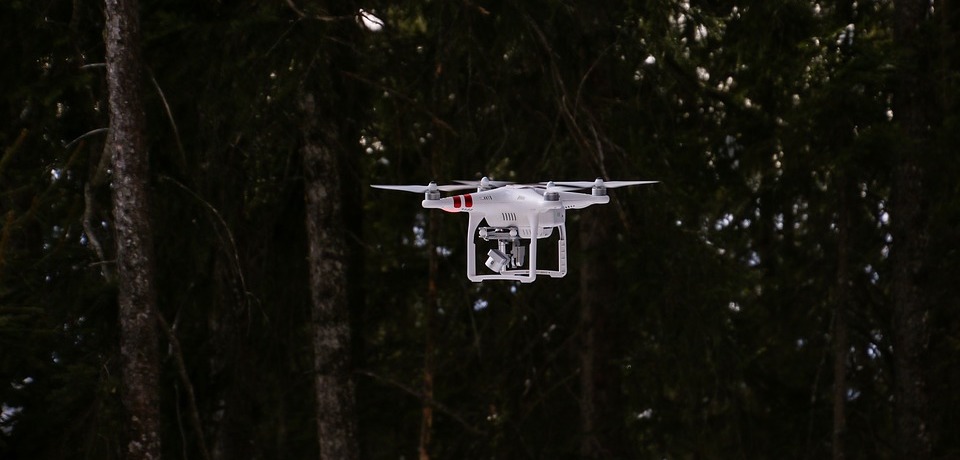Got a Drone for Christmas? Follow these Transport Canada Rules
Hundreds of thousands of drones have been purchased for Christmas in Canada. Drones are a great Christmas gift as they provide hours of fun. As you unwrap your drone, there are rules that you should familiarize yourself with prior to your first flight.
We cover the basic rules for drone flight in Canada. We recommend that you read our in-depth guide on Canada drone safety and refer to government resources.
Fines for not following drone laws in Canada can be up to $5000. Fortunately, most of the rules come down to common sense so don’t feel too overwhelmed. Just follow these basic rules to start with:
- Fly no higher than 90 meters from ground level.
- Keep at least 30m from the public, vessels, and vehicles (UAV between 250g – 1kg).
- Keep at least 75m from the public, vessels, and vehicles (UAV between 1kg – 35kg).
- Stay at least 5.5 km from any aerodromes (any areas where aircraft takeoff and land).
- Do not fly closer than 1.8 kilometers from landing pads used solely by helicopters.
- Make sure you fly outside all restricted or controlled airspaces.
- Fly at least 9km from disaster and natural hazard areas.
- Keep away from areas that may otherwise interfere with first responders and police.
- Fly only during daytime, in good visibility, without heavy cloud cover.
- Keep your drone within your sight at all times.
- Fly 500 meters or closer to you.
- Clearly mark your drone with your name, address, and phone number.
These rules exist because their have been hundreds of near misses between aircraft and drones. Drones have the possibility of causing real damage if they are improperly flown.
If your drone weighs less than 250 grams then you don’t need official permission to fly. This should cover the majority of toy drones – so if that’s you, enjoy your flight after checking for local restrictions. If your drone weighs more than 250 grams then there are a few things you must do before your first flight.
There are three categories of drone fliers in Canada:
1. Drone pilots who fall into the “Small Drone Operations” category must:
- You should be 14 years of age or older
- You should clearly mark the drone with your name and essential contact information
- You should pass a basic knowledge test
- You should carry liability insurance
- You should fly at least 30m from people, 5.5km from airports, and 1.85 km from heliports
2. Drone pilots who fall into the “Limited Operations (Rural)” category must:
- You should be 16 years of age or older
- You should clearly mark the drone with your name and essential contact information
- You should pass a basic knowledge test
- You should carry liability insurance
- You should fly at least 75m from people, vehicles, and vessels
- You should fly 150m from open-air people events
- You should fly 1km away from built-up areas, 5.5km from airports, and 1.85 km from heliports
Drone users in this category typically fly in rural areas for things like agriculture, wildlife, etc.
3. Drone pilots who fall into the “Complex Operations (Urban)” category must:
- You should be 16 years of age or older
- You should hold a special pilot permit limited to small drones
- You should register and mark the craft with unique identification (provided by Transport Canada)
- You should carry liability insurance
- You should fly drones that meet specific design standards
- You should adhere to a specific set of flight rules at all times
- You should get official air traffic control approval before flying in controlled airspace
- You should fly at least 30m from people, vehicles and vessels
- You should fly 150m from open-air people events unless 90m high or above
The Complex Operations category is mostly for people who want to fly in urban areas within strictly controlled airspace.
Go to Transport Canada’s site to determine which category you should fly under.

